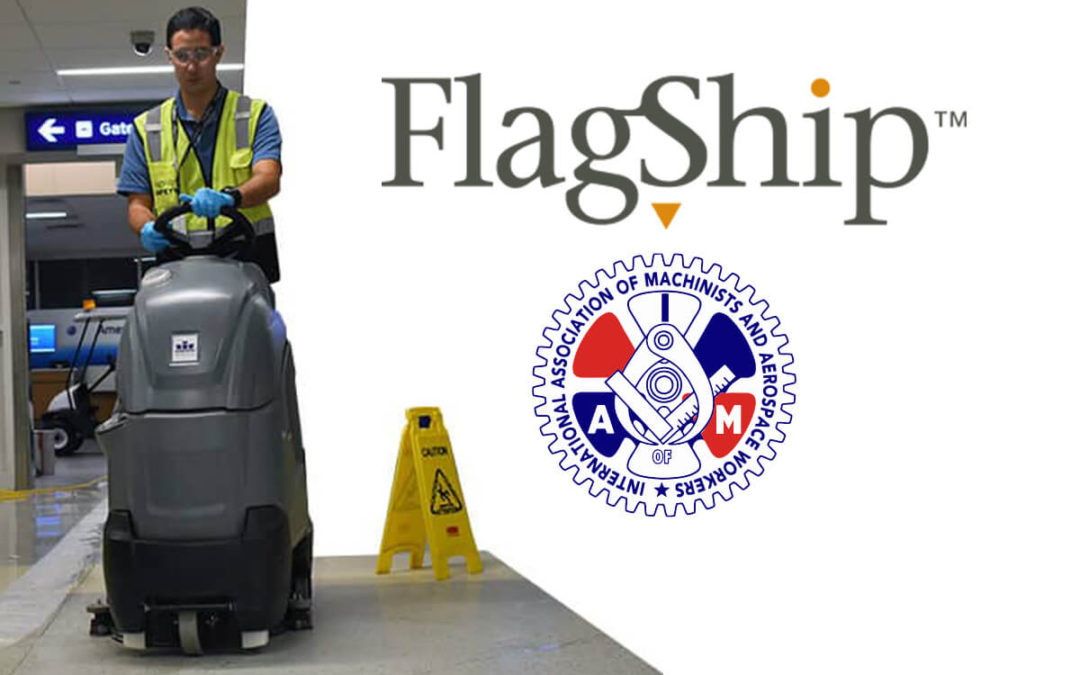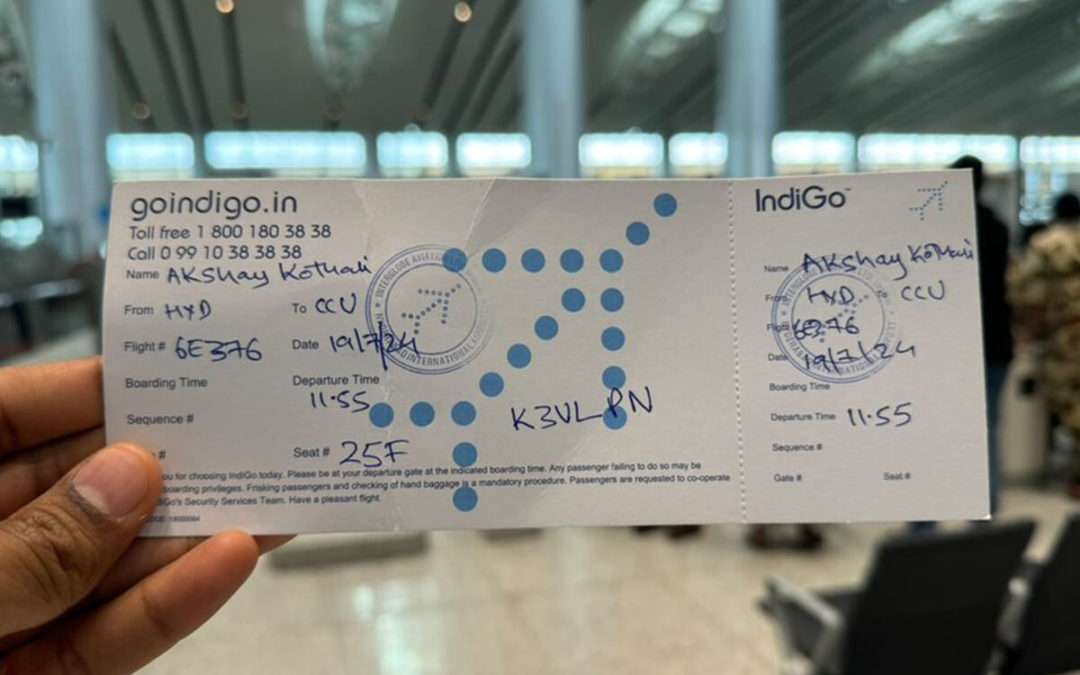
by Eric Price | Jul 23, 2024 | Featured, Front Page, Other News, Perusals, Recent News, Recent News, Row 2
United Contract Negotiations Update 23 July 2024 Dear Sisters and Brothers, Last week, your IAM District 141 United Airlines Negotiating Committee met with company management to continue negotiations on the collective bargaining agreements (CBA) for several groups....

by Eric Price | Jul 22, 2024 | Featured, Front Page, Perusals, Recent News, Recent News, Row 2
Agreement Reached at Flagship Facility Services Dear Sisters and Brothers, IAM members at Flagship Facility Services located at the San Francisco Maintenance Base voted overwhelmingly to ratify a new three-year agreement. This Agreement creates new payscales that...

by Eric Price | Jul 19, 2024 | Featured, Featured News, Front Page, Other News, Perusals, Recent News, Recent News, Row 2
Microsoft Update Triggers The Largest Tech Disaster in History Pictured: a passenger posts an image of a handwritten boarding pass. Microsoft Update Triggers The Largest Tech Disaster in History IAM141.org 19 July 2024 On Friday morning, a global computer outage led...

by Eric Price | Jul 18, 2024 | Featured, Featured News, Front Page, MNPL, Other News, Perusals, Recent News, Recent News, Row 2
Supreme Court Strikes At Federal Experts Supreme Court Strikes At Federal Experts IAM141.org 18 July 2024 WASHINGTON – On June 28, 2024, the U.S. Supreme Court issued a landmark decision that will drastically alter the government’s ability to enforce...

by Eric Price | Jul 15, 2024 | EAP, Featured, Featured News, Front Page, Perusals, Recent News, Recent News, Row 2, Uncategorized
Disaster Assistance Resources Available July 15, 2024 Dear Sisters and Brothers, Hurricane Beryl made landfall on Monday, July 8, 2024, near Matagorda, TX, about 100 miles from Houston, battering Southeast Texas with heavy rains and winds. The storm has caused...

by Eric Price | Jul 2, 2024 | Featured News, Front Page, Perusals, Recent News, Recent News, Row 2
United Contract Negotiations Update 02 July 2024 Dear Sisters and Brothers, Last week, your IAM District 141 United Airlines Negotiating Committee, with your invaluable support, met with United Airlines management and began Section Six negotiations on the Fleet...







